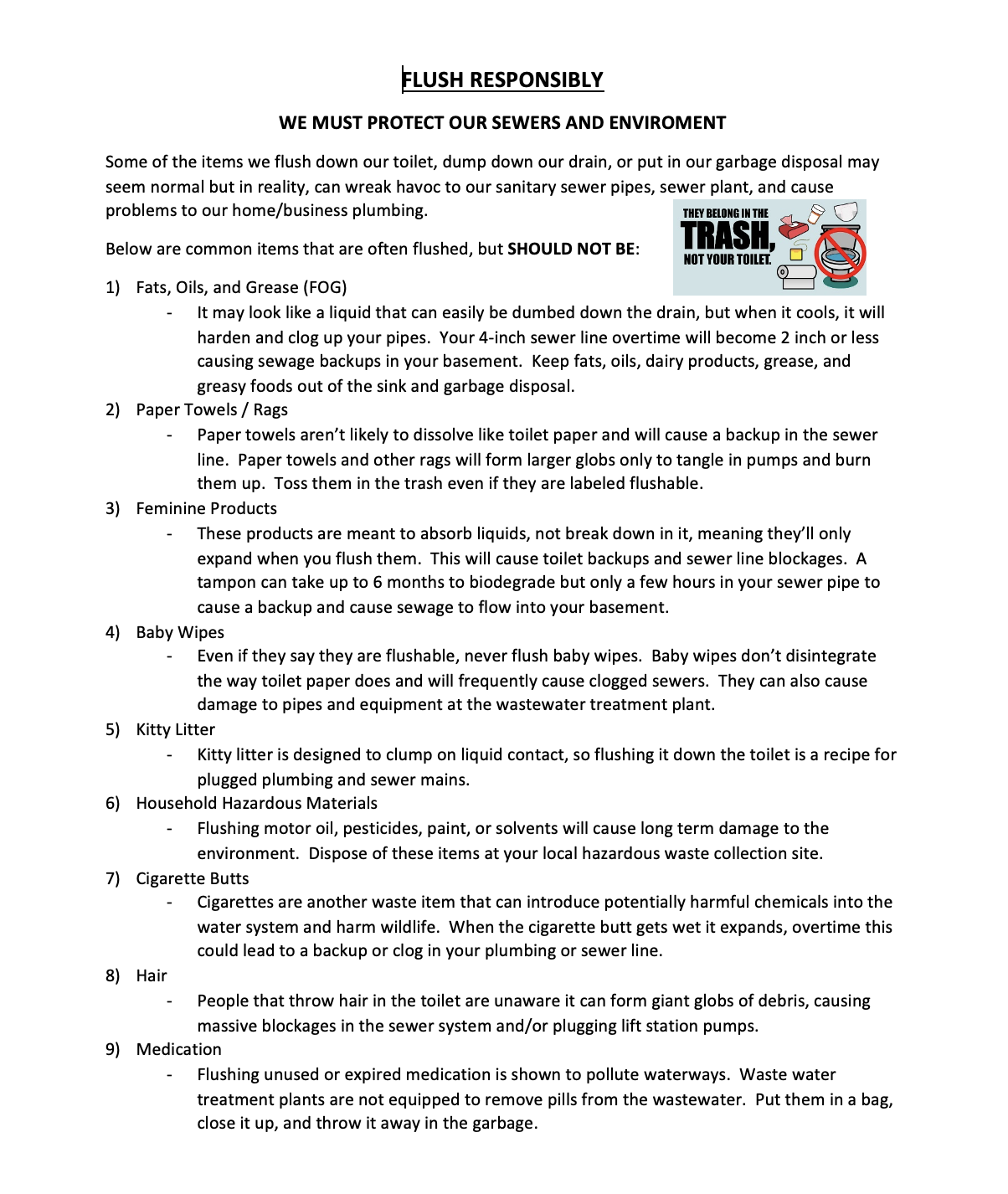Sanitary Sewer Collections
Webster City’s Wastewater collections system crews are responsible for maintenance and repair of all sanitary sewer mains and manholes. The City’s Wastewater collections system is a complex network of gravity sewers, sewage-pumping stations and force mains. The system collects human waste/waste water from the user via the property owner’s lateral sewer line. This private lateral line is connected to a main trunk line which connects to multiple interceptor mains that transport sewage to the Webster City Wastewater Plant.
• There are approximately 45 miles of sanitary sewer main line.
• There are 931 manholes that belong to the City.
• As a property owner, you are responsible for your lateral sewer line from the sanitary sewer main to the house.
• The City will not locate your private sanitary sewer lateral for Iowa One Call Locates (811).
• The Street Department has a Jet Trailer that is used for emergencies when sanitary sewer mains become backed up.
• The City has an on-call contractor, that cleans (jets), televises, root cuts, and slip lines sanitary mains on a yearly basis.
• The City attempts to get through the sanitary sewer system once every six (6) years.
If you have a backed-up sewer, please call a plumber of your choice to address the blockage. If the plumber determines the blockage is in the City main, please call (515) 832-9141 during regular business hours (7:00 am – 5:00 pm Monday – Friday) or (515) 832-9166 after hours.
Maintenance
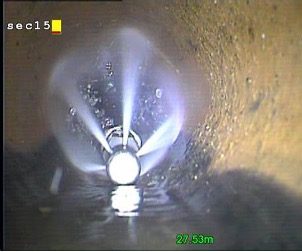 The “jetter” uses a high pressure water system to clean the sewer main of debris such as grease, sand, and other material that is not intended for sewers that settle at the bottom of the pipe. A one-inch hose is inserted in the main with a specialized nozzle used to spray 80 gallons of water per minute at 2,000 psi. The hose is ran up the main for 300-600 ft where it is then pulled back to the manhole access point. Material and debris are pulled back slowly to a vacuum tube that is placed inside the manhole where it is sucked into the hoper of the truck.
The “jetter” uses a high pressure water system to clean the sewer main of debris such as grease, sand, and other material that is not intended for sewers that settle at the bottom of the pipe. A one-inch hose is inserted in the main with a specialized nozzle used to spray 80 gallons of water per minute at 2,000 psi. The hose is ran up the main for 300-600 ft where it is then pulled back to the manhole access point. Material and debris are pulled back slowly to a vacuum tube that is placed inside the manhole where it is sucked into the hoper of the truck.
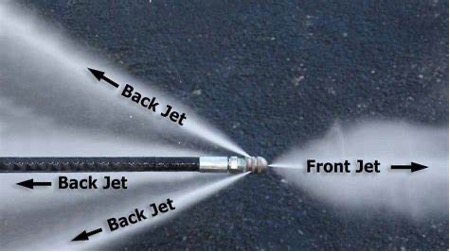
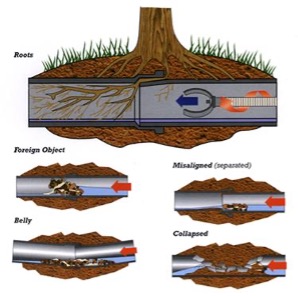 Once Jet/Vac is completed a self-propelled transporter with camera is a sent up the sanitary sewer main to inspect and access the condition of the main. This footage is saved to a software program where it is given feedback by the on-site inspector and passed on to the city for possible inhouse repairs, CIP projects, or future data. Specific issues we are looking for include: voids, cracked pipe, sagging pipe, grease/debris and tree roots. These issues can cause sanitary sewer collection failure and basement backups.
Once Jet/Vac is completed a self-propelled transporter with camera is a sent up the sanitary sewer main to inspect and access the condition of the main. This footage is saved to a software program where it is given feedback by the on-site inspector and passed on to the city for possible inhouse repairs, CIP projects, or future data. Specific issues we are looking for include: voids, cracked pipe, sagging pipe, grease/debris and tree roots. These issues can cause sanitary sewer collection failure and basement backups.
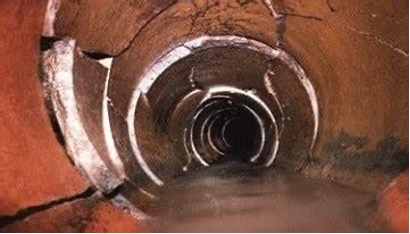
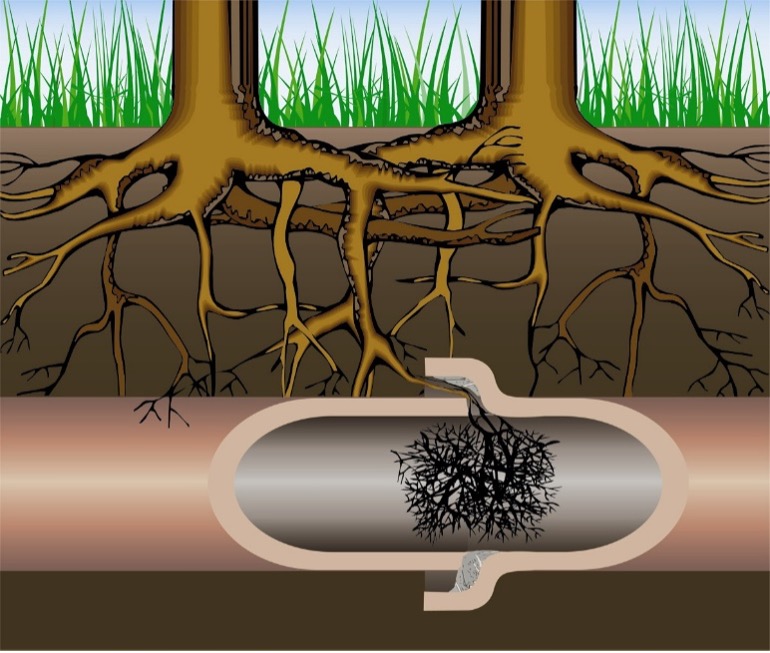 If roots are are found from the TV inspection they will need to be removed right away to eliminate system backup or blockage. Roots like to seek out any source of water and are extremely resilient in their efforts. Defects in pipes or aging pipe joints allow roots to slowly infiltrate the main causing sewer flowline issues. Once inside the main, roots will expand and create further cracking causing a avalanche of problems in the collections system. Tree roots can be removed using three different methods: Chain Cutter, Pressurized water, and spot repair dig and replace sewer main.
If roots are are found from the TV inspection they will need to be removed right away to eliminate system backup or blockage. Roots like to seek out any source of water and are extremely resilient in their efforts. Defects in pipes or aging pipe joints allow roots to slowly infiltrate the main causing sewer flowline issues. Once inside the main, roots will expand and create further cracking causing a avalanche of problems in the collections system. Tree roots can be removed using three different methods: Chain Cutter, Pressurized water, and spot repair dig and replace sewer main.
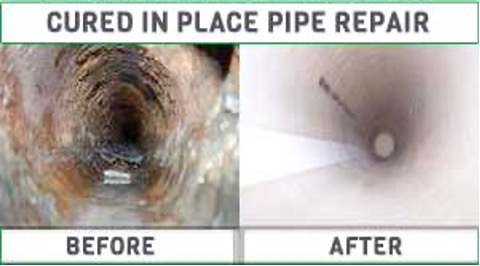 CIPP pipe lining is a process using epoxy resin inserted into the original sewer main creating a pipe-within-a-pipe. There is a minor reduction in pipe diameter but has zero effect on flow rates. The process restores the structural integrity of the main creating a brand new pipe.
CIPP pipe lining is a process using epoxy resin inserted into the original sewer main creating a pipe-within-a-pipe. There is a minor reduction in pipe diameter but has zero effect on flow rates. The process restores the structural integrity of the main creating a brand new pipe.
Advantages to CIPP Lining:
• Avoid closures and inconveniences to residents, customers and employees.
• Avoid construction zones and detours.
• Cheaper than dig and replace.
• Saves time.
• CIPP 600 Ft of damages pipe in one day.
• CIPP can last up to 50-75 years.
• Avoids tearing up good infrastructure and street to make repairs.
• Eliminates joints in the pipe improving pipe flow.
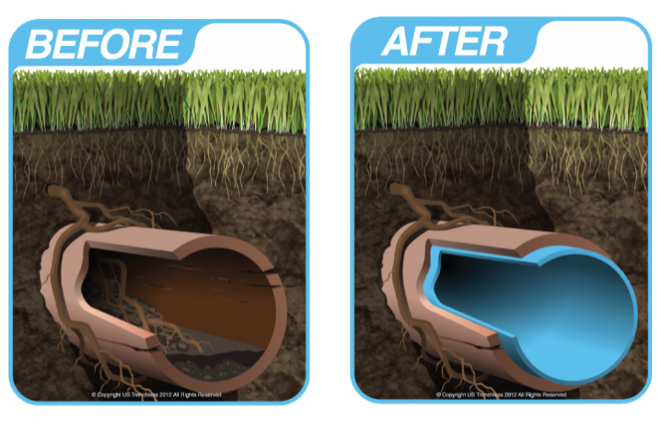
Copyright ©2024 City of Webster City. All rights reserved. Website created by inTANDEM marketing.

